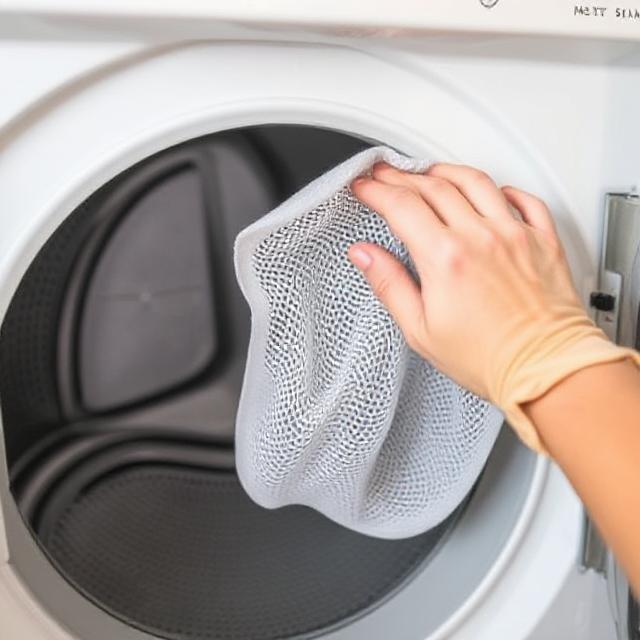
laundry day in Boston is already enough of a chore without adding extra tasks. But if you own a dryer, there’s one tiny step you truly can’t ignore: cleaning dryer lint trap. It might seem like a small thing, but skipping this simple habit can lead to a bunch of headaches you’d rather avoid. From household safety to keeping your clothes fresh and your dryer running smoothly, there’s a lot riding on that little mesh screen.
“A clean lint trap isn’t just about dry clothes—it’s about protecting your home and making life easier, one load at a time.”
Hidden Hazards: Why Lint Is Not Just Dust
At first glance, lint looks harmless. It’s just those fuzzy bits that collect in the screen after a load, right? Not quite. Lint is actually a mixture of fabric fibers, pet hair, and even skin flakes. When it piles up, it becomes a surprisingly flammable tangle of debris.
Boston homes, especially those with older wiring or older dryers, are at a higher risk if lint isn’t cleaned out regularly. Lint can easily catch fire if the dryer overheats. And it’s not just about flames – a blocked trap means hot air can’t escape, forcing your dryer to work overtime and raising the risk of serious problems.
Dryer Drama: How Lint Messes with Your Machine
Ever wondered why your jeans take forever to dry on a rainy Boston afternoon? Chances are, a clogged lint trap is the culprit. When lint blocks airflow, your dryer loses its efficiency. That means longer drying cycles, more energy used, and higher utility bills.
Here’s a quick look at what happens when you forget the lint trap:
| Problem | Why It Happens | Result |
|---|---|---|
| Long Drying Times | Blocked air can’t circulate | Clothes stay damp |
| Overheating | Heat builds up inside | Risk of fire/dryer damage |
| Higher Bills | Dryer runs longer | Wasted energy and money |
| Wear and Tear | Motor works harder | Shorter dryer lifespan |
Giving the lint trap a quick swipe after every load takes seconds, but skipping it can shorten your dryer’s life by years. No one wants to buy a new dryer before they have to!
Fresher Clothes, Fewer Allergies
Besides safety and saving money, regular dryer cleaning—starting with the lint trap—is a secret weapon for anyone who wants clothes that come out of the dryer smelling and feeling their best. When lint is left to build up, it can trap musty odors and even some allergens, especially if you have pets or live in a city apartment.
Imagine pulling out fluffy towels that smell like a Boston breeze, not like last week’s laundry. A clean lint screen helps with that. Plus, if anyone in your home has allergies, removing lint often means fewer dust particles floating around, making the air a little kinder to sensitive noses.
Easy Habit, Big Payoff
So how do you make cleaning the lint trap part of your routine? The trick is to do it before or after every load. It only takes a moment—pull out the screen, wipe off the fuzz, and pop it back in. If you want to go the extra mile, rinse the screen every few weeks to clear out any residue from dryer sheets or fabric softeners.
Think of it like brushing your teeth. It’s a small step in your day, but over time, it saves you from costly repairs and keeps your home safe. And if you’re forgetful, try leaving a sticky note on the dryer until it becomes second nature.
Conclusion: Don’t Skip the Simple Stuff
Cleaning the lint trap in your Boston dryer might seem like a minor chore, but it’s a habit that pays off in so many ways. You’ll have safer laundry days, lower energy bills, fresher-smelling clothes, and a dryer that lasts longer. All it takes is a few seconds each time you do laundry. So next time you start a load, show that lint trap a little love—your home and wallet will thank you for it!
Read More: Boston Dryer Vent Cleaning





